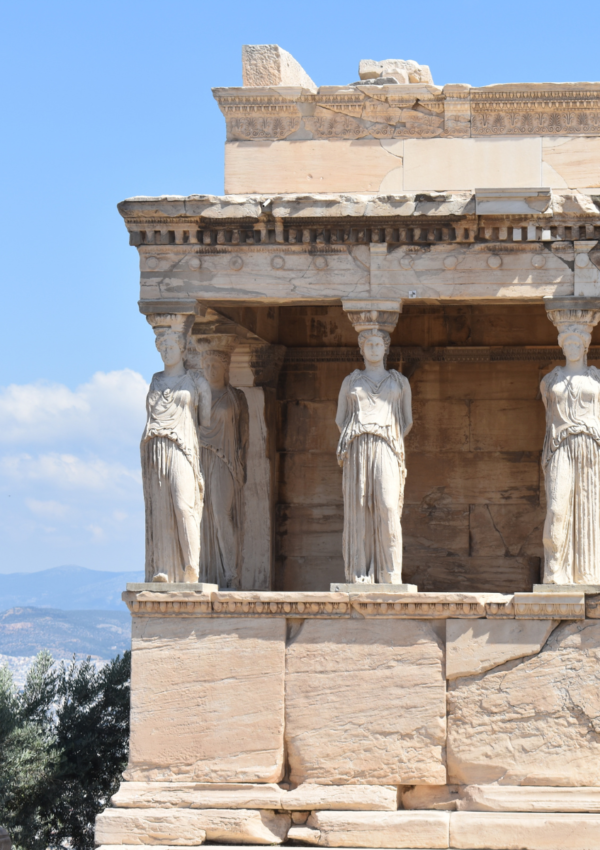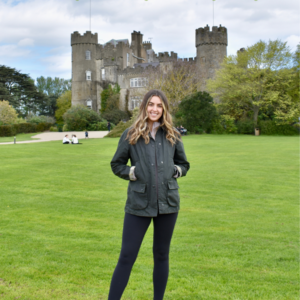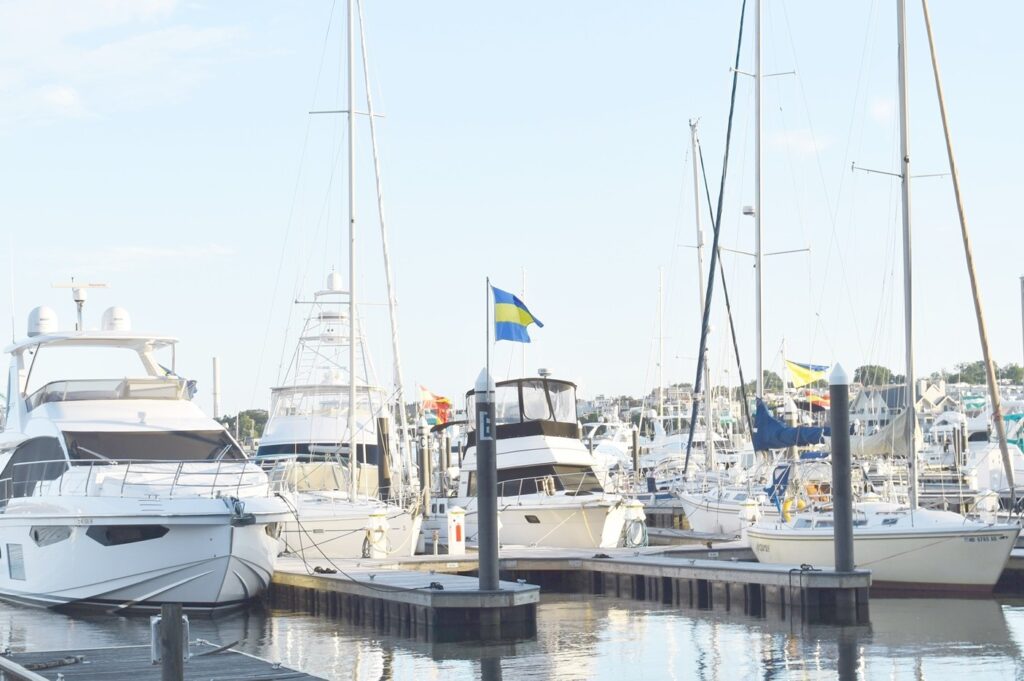
Today we ventured to Knowth and New Grange, tombs most likely used for spiritual, astrological, religious, or ceremonial reasons. It took roughly 3 hours to explore each tomb site and I found the tours really interesting! Somehow, we lucked out and it was actually warm outside.

At Knowth, there is a great mound of grass encircled by 124 kerbstones, which collectively encapsulate the tomb that was constructed over 5000 years ago! The larger mound is also surrounded by smaller grass mounds. One type of kerbstone, the lunar stone, depicts the lengths of the lunar topical month, length of the year, and the synodic month (stars, planets, celestial bodies). Each stone is decorated in marks resembling geographic lines or oblong shapes.

New Grange was constructed around 3200 BC and has 97 kerbstones surrounding its structure. Interestingly, the passage here led to a cruciform-shaped chamber with a corbelled roof. The roof was so well-engineered that there has never been a leak in the chamber!
During winter solstice in September, the tomb is penetrated with sunlight. Despite being 19 meters back from the entrance and at a higher elevation, the tomb was constructed to direct light inside, via a roof box at the entrance, during this special time of the year. The beam only lasts for 17 minutes and admission during this event is based on a lottery system. Anyone can apply (in the past, there have been 30,000 submissions). However, only 100 people will be chosen to view! Luckily for me, our tour guide recreated the occurrence with lights.

Irish mythology claims the tombs are actually fairy mounds and the residence of Aengus, the God of Love.
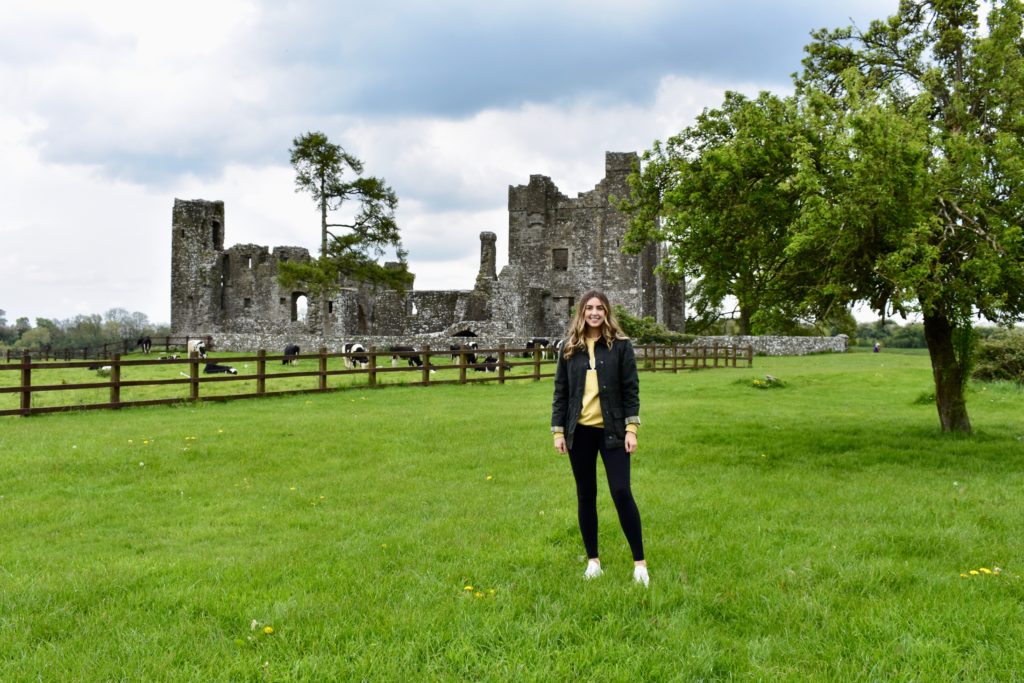
After exploring both megalithic tomb sites, we started on our way to Belfast. On our way north, we stopped at Bective Abbey, located on the River Boyne. The abbey was built in 1142 and was an important monastic settlement until the rule of King Henry VIII. During this time, the property was confiscated in the Dissolution of Monasteries. At the time, this disbanding of monasteries occurred to increase the income of the Crown. Convents, friaries, priories, and monasteries were disposed of their incomes. Eventually, the abbey became a purchased estate until it was registered as a National monument of Ireland and maintained by the Office of Public Works.

Unlike several regulated sites in America, there were no caution signs, no warnings, and no railings- just ruins of an abbey that once was. Being kids at heart, my sister and I loved running around and climbing on stairs to nowhere –cautious of the integrity of each step. My favorite part was visiting with some close neighbors of the abbey- friendly cows in a field nearby.
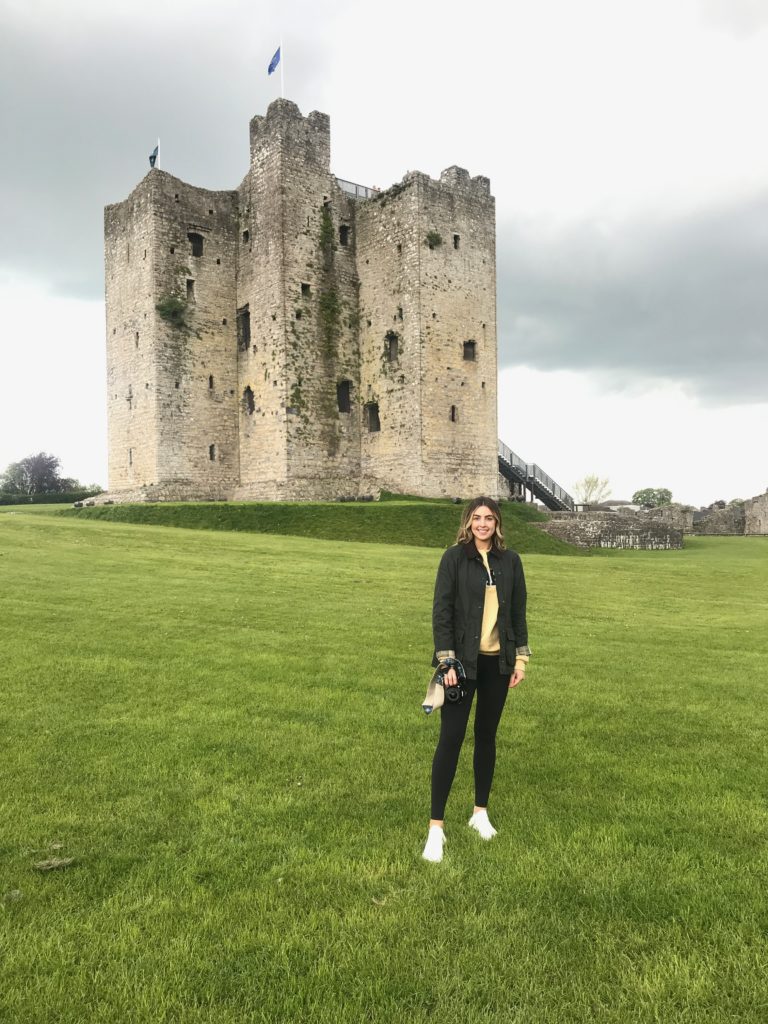
We marched on to Trim Castle, a Norman estate located in Country Meath, Ireland. The daunting Ireland weather finally caught up to us, so we grabbed our raincoats to walk the grounds. Luckily, the rain didn’t last long, and we were able to continue exploring without being too soaked. If you think you’ve seen the castle before- you might have! It actually played a role during the filming of Braveheart!
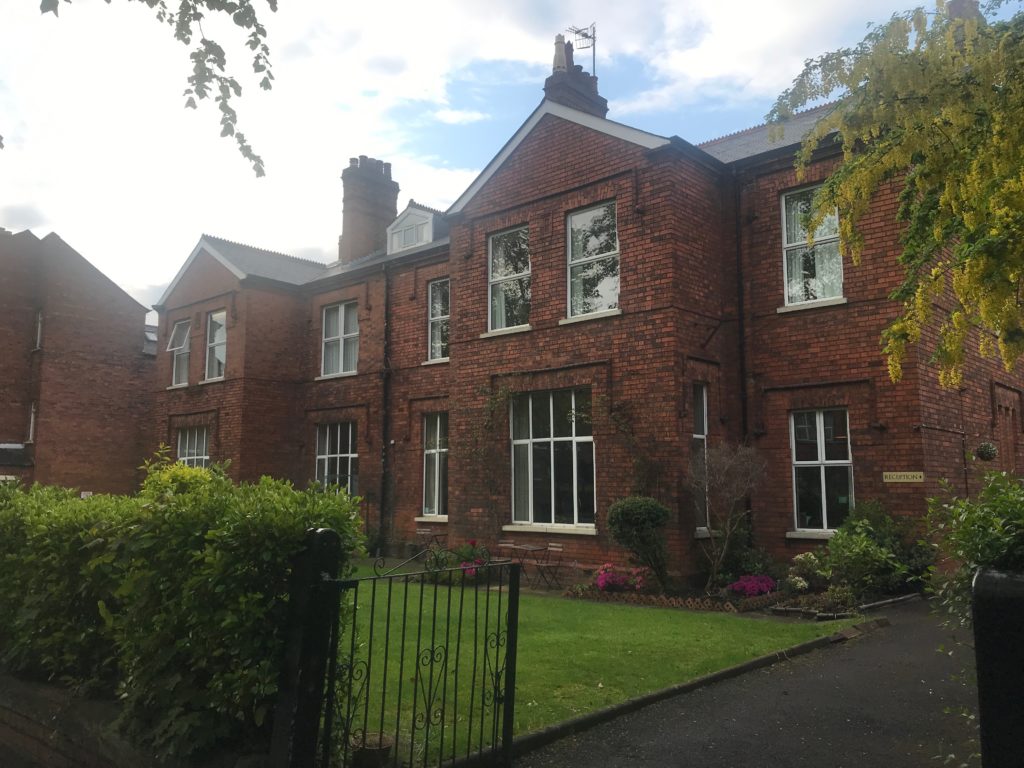
Finally, we entered Belfast. We reached our next rooming accommodations at The Gregory. We dropped our suitcases off and asked the hotel’s front desk where we should grab a bite to eat. They recommended The Barking Dog, which was in walking distance to our accommodations. Once there, I ordered sweet potato gnocchi with green beans, spinach, sun dried tomatoes, smoked chili butter, and parmesan. This was HANDS-DOWN my favorite meal of the trip. It might not have been the traditional Irish stew, but this innovative gastro-pub style menu was amazing! Definitely a must when visiting Belfast! Friendly staff and great service!



Tomorrow we have planned a Black Cab taxi tour first thing in the morning! Then we’re off exploring the city of Belfast (Capital of Northern Ireland).




